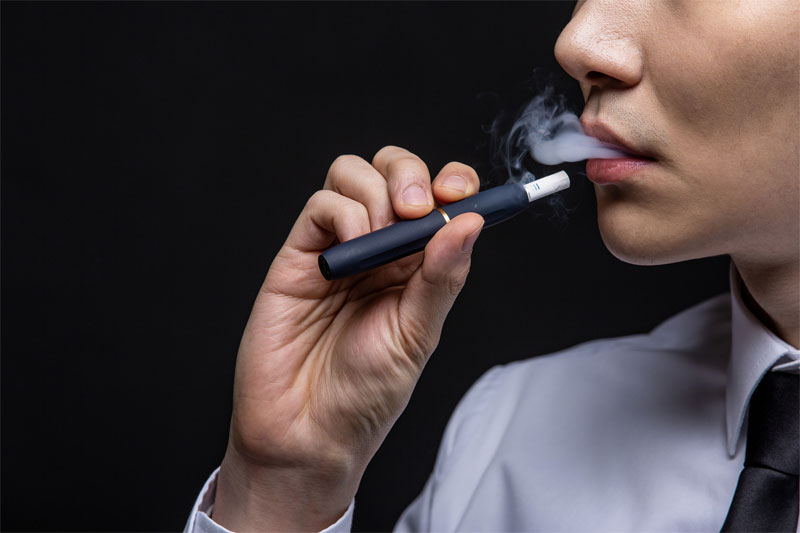Exploring Innovations in Liquid for Electronic Cigarettes

The landscape of liquid for electronic cigarettes has undergone significant transformations, driven by technological advancements and consumer demand for variety and quality. E-cigarette liquids, often referred to as e-liquids or vape juice, are at the heart of vaping experience. They have evolved from basic formulations to complex mixtures rich in flavors and enhanced with cutting-edge elements.
Understanding E-Liquid Composition
At its core, e-liquid comprises three primary ingredients: propylene glycol (PG), vegetable glycerin (VG), and nicotine, along with flavorings. PG is favored for its ability to provide a better throat hit while VG is preferred for producing more vapor. Nicotine strength varies based on user preference, with options ranging from nicotine-free to high nicotine concentrations.
With growing health awareness, there’s been an increase in “nicotine salt” usage, offering smoother hits with higher nicotine levels which cater to smokers transitioning to vaping. The innovation in nicotine alternatives reflects the industry’s responsiveness to health concerns and consumer satisfaction.
Flavor Innovation
Flavors are the most significant area of innovation in e-liquid. Initially limited to simple tobacco and menthol, today’s e-liquids boast a broad spectrum of flavor profiles including fruit, dessert, drink, and more exotic combinations. Brands are investing heavily in research to develop unique flavors that cater to the diverse palate of vapers. Latest trends include live cultures like kombucha-infused options and seasonal specialties.
Technological Advancements
Beyond flavor, technology has played a pivotal role in enhancing liquid for electronic cigarettes. Temperature-controlled liquids and enhanced vaporization techniques have increased the efficiency and satisfaction derived from vaping. Intelligent devices now communicate with the liquid to adjust settings ensuring optimal flavor and vapor production.

Sustainability and Regulation
The shift towards more eco-friendly options comes amidst increasing scrutiny and regulation. Manufacturers are adopting green practices, using sustainable packaging and ensuring their products comply with stringent health standards globally. As regulations tighten, innovation thrives to balance compliance and consumer preference.
Frequently Asked Questions
What Is the Difference Between PG and VG in E-Liquids? PG (propylene glycol) provides more flavor and a stronger throat hit, while VG (vegetable glycerin) offers thicker clouds and a slightly sweeter taste.
Why Use Nicotine Salts in E-Liquids? Nicotine salts provide a smoother experience for higher nicotine levels, ideal for new vapers transitioning from smoking.
How Are E-Liquid Flavors Developed? Flavors are developed through extensive research, combining safe food-grade ingredients to ensure a flavorful and satisfying experience.
